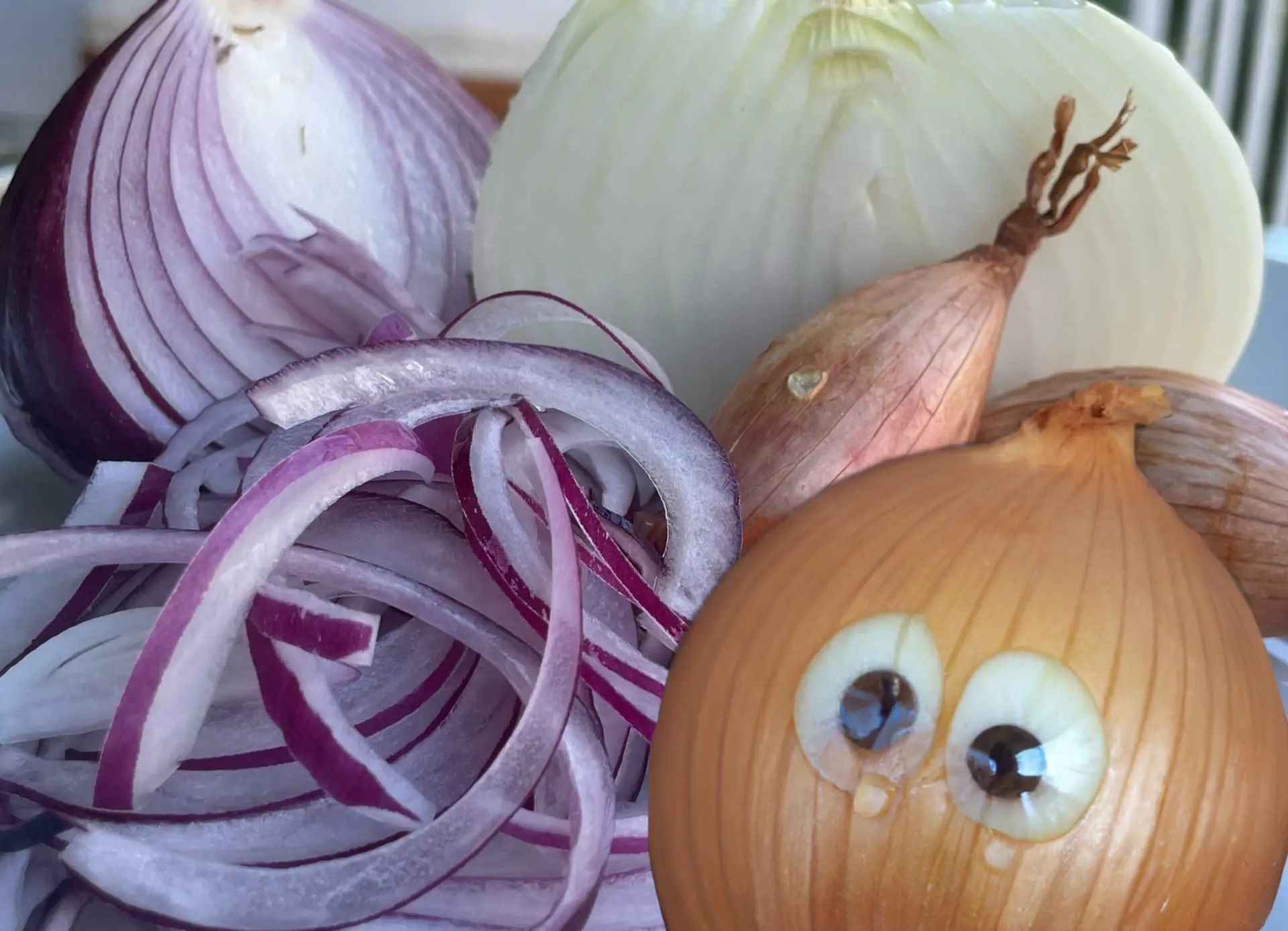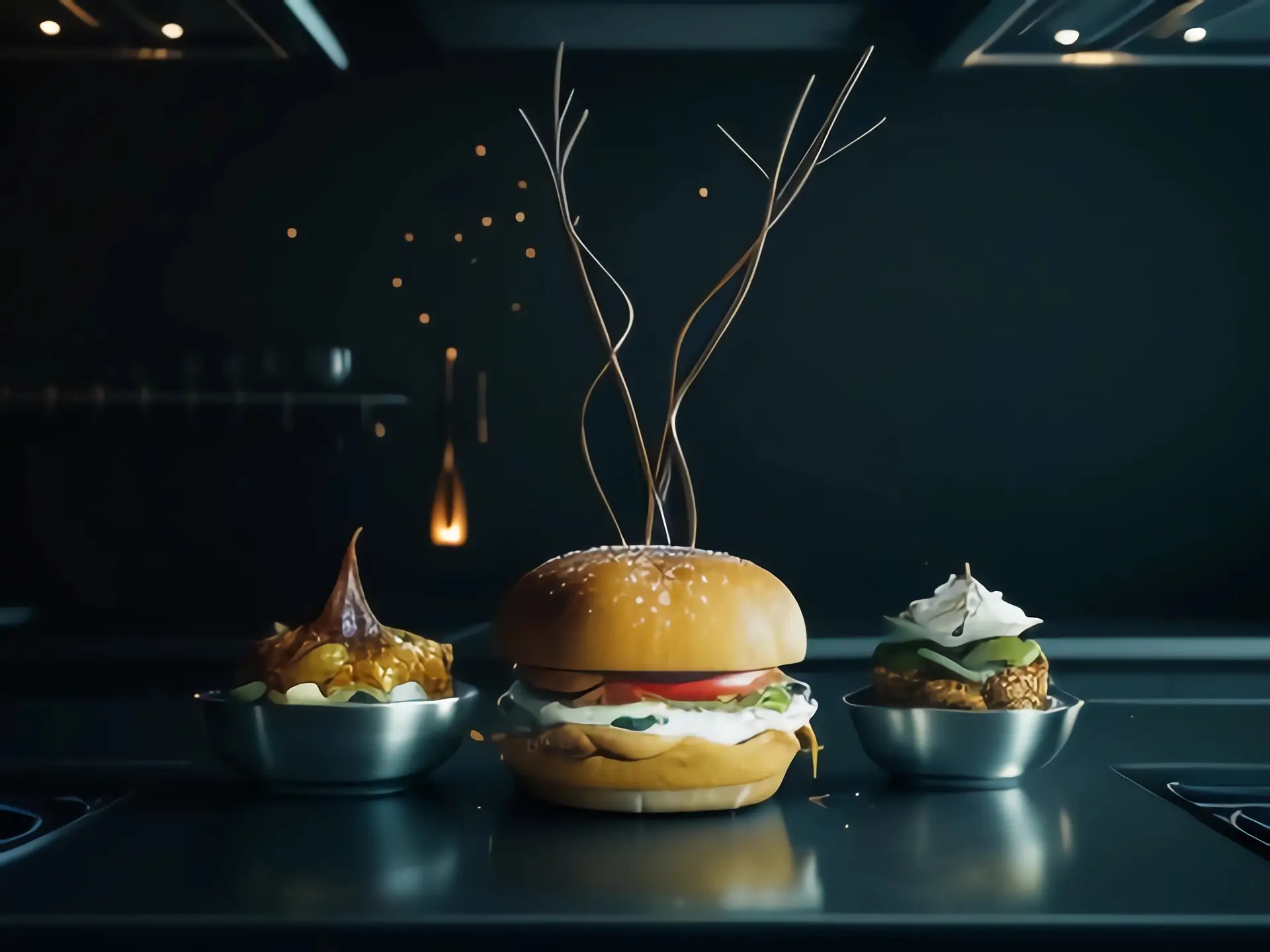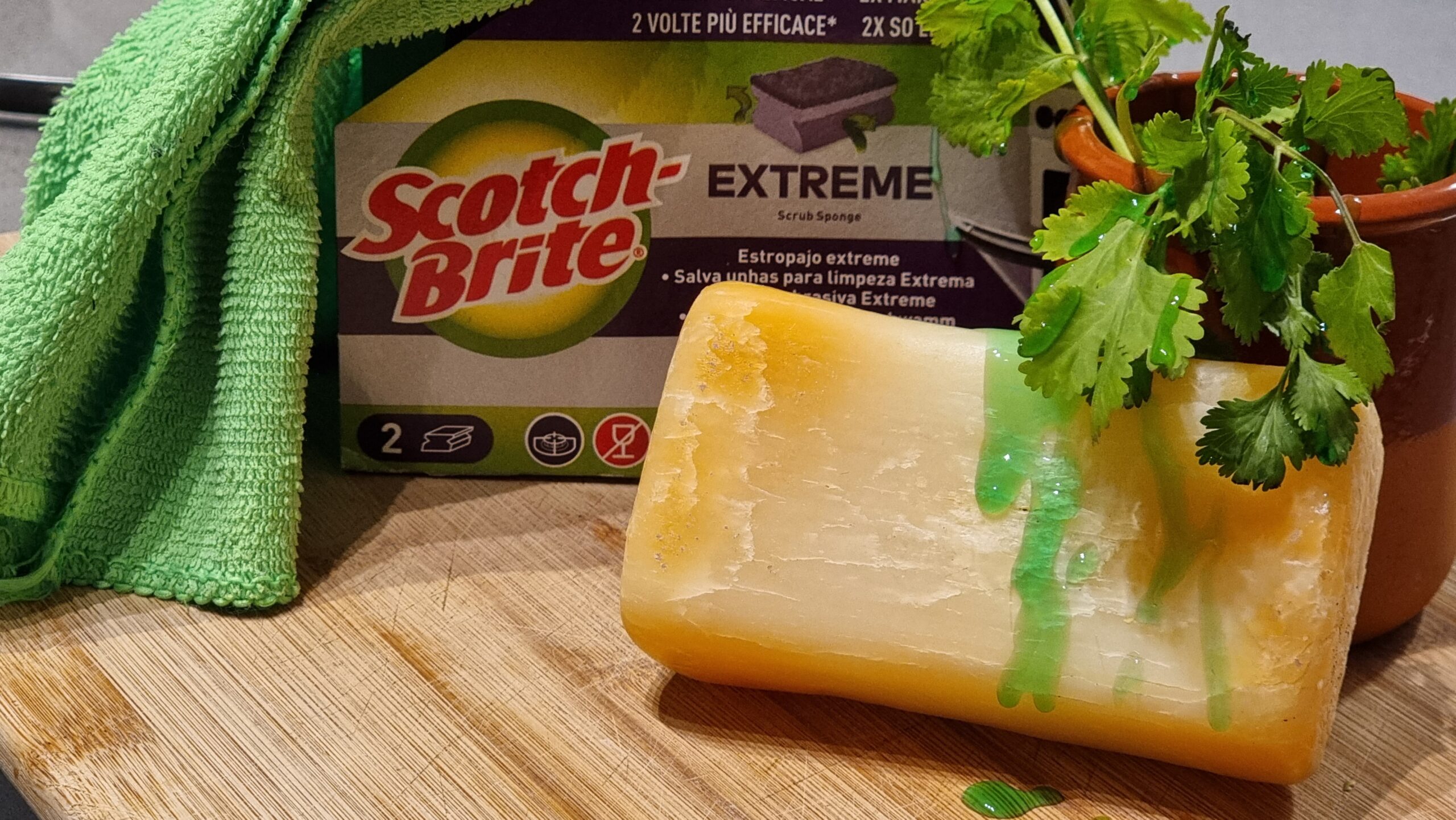Why can’t microbes survive certain amounts of acid and alcohol? And how do they die?
It’s a paradox really, during fermentations microbes produce alcohol, acid, and many other compounds by themselves or through enzymatic secretion (in the case of fungi) to protect themselves from the predators (turns out microbes don’t like to share their food) provided they have an excess of food they’ll soon start dying off of their own actions resulting your sourdough bread to be flat and hard. So basically they’re like a teenager who got plenty to drink last night but regrets it the next morning.
This is the same reason why we can’t make wines over 18-20% alcohol (without fortifying) because over that limit the microbes cease to exist and the production of alcohol is halted. And it is almost naturally impossible to bring that level of alcohol up by fermentation due to which other techniques such as distillation are employed for the production of spirits like whiskey, vodka, gin, etc.
I forgot to feed my sourdough and now it’s dead!
How do acids kill the fermentation bugs?
Every living cell needs a proper functioning protein to stay alive and proteins function when they are perfectly folded into highly specific 3D structures. As they are chains of amino acids -which might have positive, negative, or neutral charges- constituting a resulting formation confirming the following possibilities:
- repelling molecules will be farther apart,
- intramolecular bonds will be better between attracting molecules,
- hydrophobic molecules towards the inside or the opposite,
- hydrophilic molecules on the outside or the opposite, etc.
Now when an acid (H+) is added to the environment of these proteins they neutralize the negative charge on so charged amino acid molecules and even make the neutral molecules positively charged by attaching to them. This completely alters the formation and the net charge of the protein chain to a point where the chain breaks apart and the protein can’t function and the cell dies.
Why can’t we make whiskey directly from fermentation?
How does alcohol kill the fermentation bugs?
During fermentation, yeast is the microbe that produces alcohol, they prefer a pH of 4-4.5 (Xingyan et al, 2015), but when they produce alcohol to a greater extent they stop their function and die. Yeast’s membrane is made up of fat and water molecules. And as the alcohol molecules are amphiphile chemical compounds, which means that they have both water and fat-loving properties, they form bonds easily with the cell membranes’ molecules making it more soluble in water which causes to frail its structural strength and as it grows weaker more alcohol is able to penetrate through and enter the cell body and the proteins suspended within the membrane begin to pour out. The alcohol molecules then start to dissolve the proteins by denaturing them and by forming bonds with the alcohol molecules, the structure of amino acids in a given yeast protein begins to deteriorate ceasing to function as a result. Because none of the cells can survive without those protein functions, the cell dies quickly, essentially being melted apart from the inside and out. Poor yeast… but on the bright side, you can get up to 20% ethanol (which is supposed to be poison) by its noble sacrifice! Jesus allegedly died for your sins… Millions of yeast cells definitely died for that drink. So stay thirsty!
Both acid and alcohol kill the microbes but their processes are a little different. And principally that’s the reason why disinfectants have such a high concentration of alcohols (ethanol or isopropyl alcohol). So what can we finally do to prevent our sourdough from dying? Just feed it and don’t let it reach “dangerous” levels of acid or alcohol.
References:
Liu, X., Jia, B., Sun, X., Ai, J., Wang, L., Wang, C., … & Huang, W. (2015). Effect of initial pH on growth characteristics and fermentation properties of Saccharomyces cerevisiae. Journal of food science, 80(4), M800-M808.







